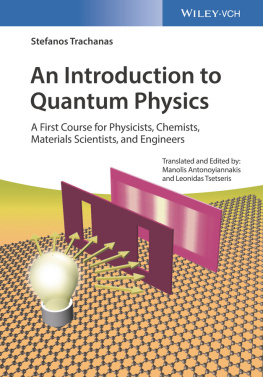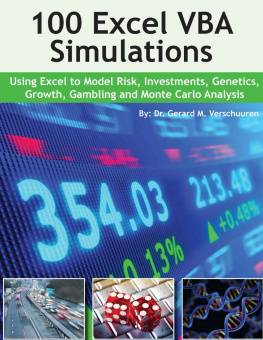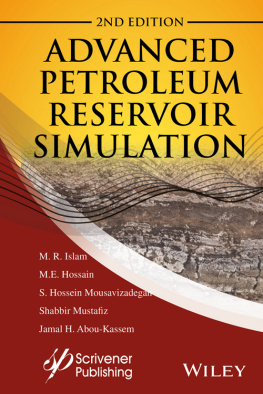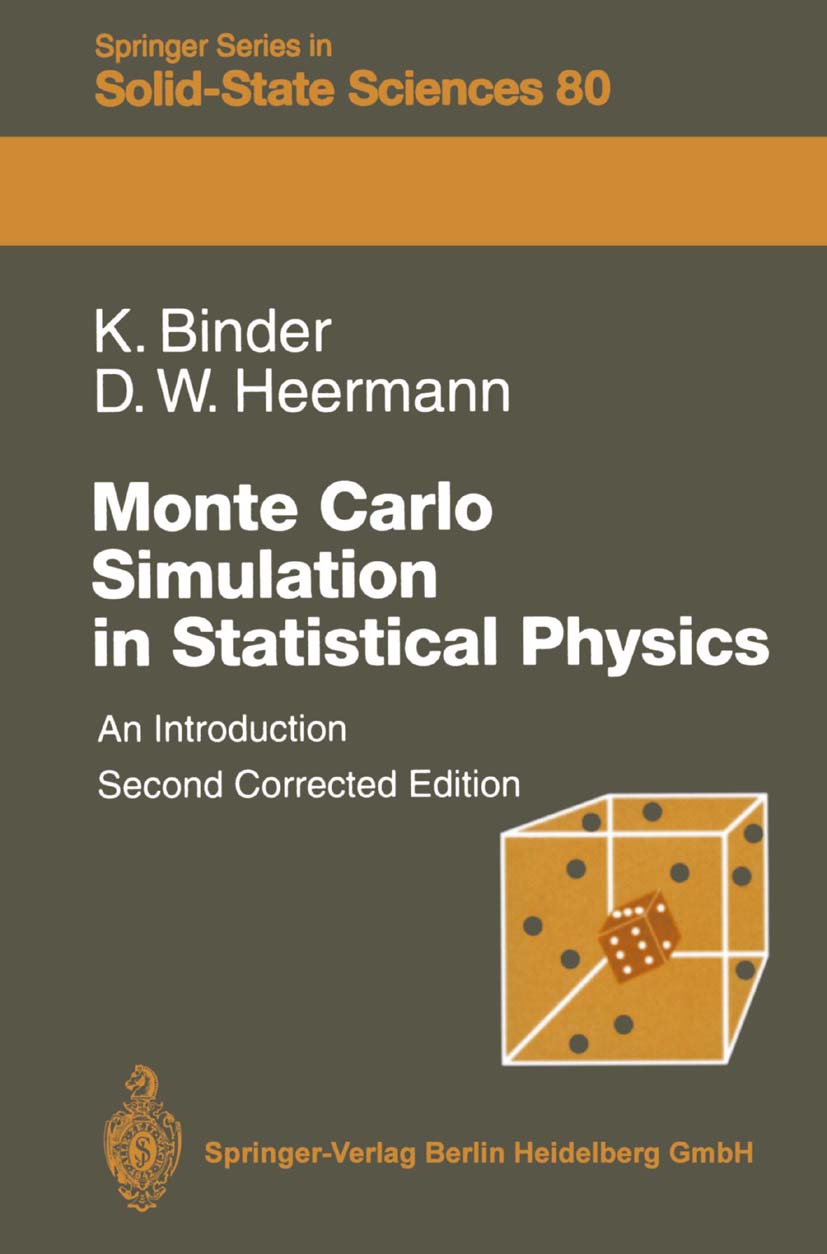ISSN 0171-1873
ISBN 978-3-662-30275-0 ISBN 978-3-662-30273-6 (eBook)
DOI 10.1007/978-3-662-30273-6
Springer-Verlag Berlin Heidelberg 1992
This work is subject to copyright. All rights are reserved, whether the whole or part of the material is concerned, specifically the rights of translation, reprinting, reuse of illustrations, recitation, broadcasting, reproduction on microfilms or in any other way, and storage in data banks. Duplication of this publication or parts thereof is permitted only under the provisions of the German Copyright Law of September 9, 1965, in its current version, and permission for use must always be obtained from Springer-Verlag. Violations are liable for prosecution under the German Copyright Law.
Originally published by Springer-Verlag Berlin Heidelberg in 1992.
The use of general descriptive names, registered names, trademarks, etc. in this publication does not imply, even in the absence of a specific statement, that such names are exempt from the relevant protective laws and regulations and therefore free for general use.
www.springer.com
Preface
When learning very formal material one comes to a stage where one thinks one has understood the material. Confronted with a real life problem, the passivity of this understanding sometimes becomes painfully clear. To be able to solve the problem, ideas, methods, etc. need to be ready at hand. They must be mastered (become active knowledge) in order to employ them successfully. Starting from this idea, the leitmotif, or aim, of this book has been to close this gap as much as possible.
How can this be done? The material presented here was born out of a series of lectures at the Summer School held at Figueira da Foz (Portugal) in 1987. The series of lectures was split into two concurrent parts. In one part the formal material was presented. Since the background of those attending varied widely, the presentation of the formal material was kept as pedagogic as possible.
In the formal part the general ideas behind the Monte Carlo method were developed. The Monte Carlo method has now found widespread application in many branches of science such as physics, chemistry, and biology. Because of this, the scope of the lectures had to be narrowed down. We could not give a complete account and restricted the treatment to the application of the Monte Carlo method to the physics of phase transitions. Here particular emphasis is placed on finite-size effects.
The more informal part of the lectures concentrated on the practical side. In a step-by-step fashion, those who attended the lectures were led from easy applications to more advanced algorithms. In this part we truly tried to give life to the ideas and concepts. We hope that in this book we have captured the spirit of the Summer School. There, the gap mentioned before narrowed, because many actively participated in both parts.
From the above it is clear that the material on the Monte Carlo method presented in this book can be of use to many scientists. It can be used for an advanced undergraduate or graduate course. In fact, a draft of this book has been used for a course held at the University of Mainz. Not only do we present the algorithms in great depth, we also encourage the reader to actively participate by setting many problems to be worked out by the reader.
Also for researchers and scientists using the Monte Carlo method this book contains material which may be of importance for their research. We treat, for example, the problem of statistical errors of a Monte Carlo estimate of a quantity. Consideration is also given to the problem of self-averaging.
We would like to thank first of all K. Kremer and D.P. Landau. Without their continuing collaboration and constructive criticism this book would not have its present form. Thanks are also due to the students of the condensed matter theory group at the University of Mainz for their participation and critical reading of the manuscript. Special thanks go to M. DeMeo for running some of the programs.
Mainz, May 1988
Kurt Binder
Dieter W. Heermann
Professor Dr. Kurt Binder 1 and Professor Dr. Dieter W. Heermann 2
(1)
Institut fr Physik, Johannes Gutenberg Universitt, Staudinger Weg 7, W-6500, Mainz, Fed. Rep. of Germany
(2)
Institut fr Theoretische Physik, Universitt Heidelberg, Philosophenweg 19, W-6900, Heidelberg, Fed. Rep. of Germany
In recent years the method of computer simulation has started something like a revolution of science: the old division of physics (as well as chemistry, biology, etc.) into experimental and theoretical branches is no longer really complete. Rather, computer simulation has become a third branch complementary to the first two traditional approaches.
What, then, is the specific significance of computer simulation or computer experiments? The answer is simply that computer simulation yields exact information (apart from statistical errors, but these can be made as small as desired, at least in principle) on model systems which are precisely characterized. (For problems in statistical physics this means that parameters describing the Hamiltonian are known explicitly and exhaustively.)
In contrast, the information provided by analytic theory is exact only in rather rare cases, while in most other cases uncontrolled approximations are required. For example, statistical physics problems which are solvable for a three-dimensional geometry are idealized limiting cases such as ideal gases or ideal solutions, coupled harmonic oscillators, etc. The statistical mechanics of even very simple models, such as the three-dimensional Ising model, cannot be solved exactly, and much less is known about models with realistic potentials between the atomic degrees of freedom. Thus computer simulations are often designed to check the accuracy of some approximation made in the analytical treatment of a model.
Similarly, the information provided by experiment is almost never precisely characterized in the sense that the effective Hamiltonian of a given experimental sample is precisely known. Sometimes it is even controversial whether some experimentally observed phenomenon is intrinsic or due to some unknown impurity effects remember that the chemical constitution of an experimental sample is known only approximately anyway. These are just a few examples from which it is clear that the comparison between analytic theory and experiment does not always lead to conclusive answers, and simulations are needed to bridge this gap. Thus, a direct comparison between a simulation of a model and experiment is not hampered by inaccurate approximations, as are often inevitable in analytic theory, and hence may indicate more conclusively whether the model faithfully represents the real system or not.
Of course, this is by no means the only reason why computer simulations are attractive. It should be noted that simulations provide information on model systems which is arbitrarily detailed, and whatever quantity the researcher may consider useful he may attempt to sample from the simulation. For example, scattering techniques applied to real systems usually yield information on two-particle correlation functions, but it is very difficult to obtain direct experimental information on triplet correlations or even higher-order correlations. In contrast, simulations can yield such higher-order correlations readily, at least in principle. And while the experimenter may change the temperature and pressure of his sample, he cannot as easily assess the effect of varying the interatomic potential. But arbitrary variations of interatomic potentials do not constitute a major difficulty for a computer simulation in any way. It is now quite clear that the method of computer simulation is of interest in its own right; it is a valid scientific approach to understanding the laws of nature, instructive to its practitioners in a way that is complementary to theory or experiment.

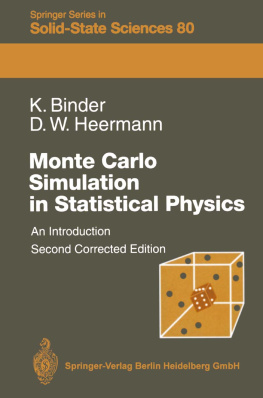
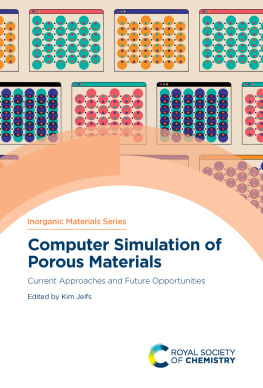

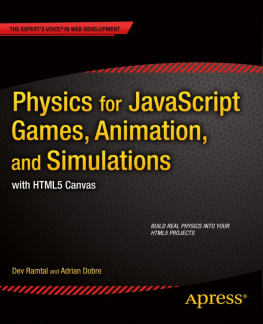
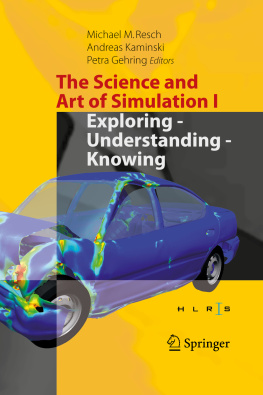
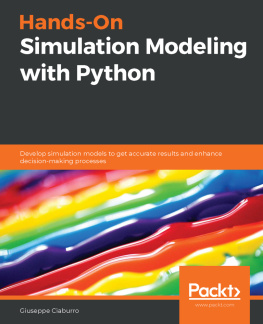
![Matthias Templ [Matthias Templ] - Simulation for Data Science with R](/uploads/posts/book/119614/thumbs/matthias-templ-matthias-templ-simulation-for.jpg)
